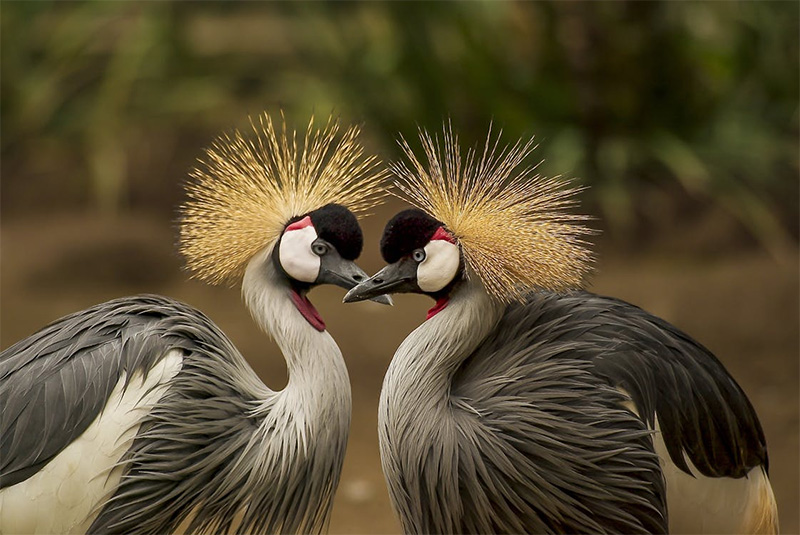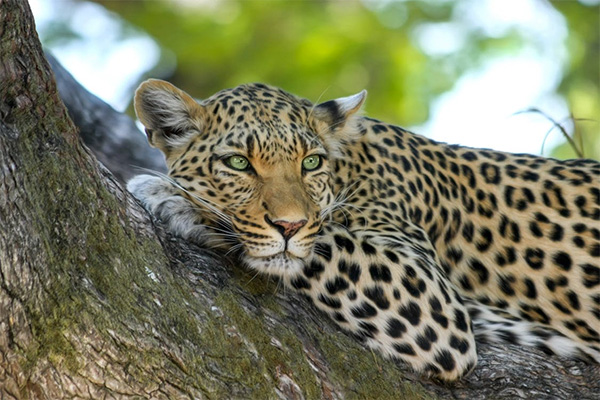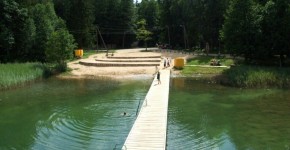A Guide to Responsible and Ethical Wildlife Tourism
Wildlife tourism—what a tangled subject. The appeal? Obvious. Close encounters with vibrant creatures, the stuff of documentaries and childhood dreams. From elephants lumbering in African grasslands to hummingbirds darting through Costa Rican jungles, travelers chase wonder. Behind that thrill, though, sits a growing responsibility that can’t be shrugged off. Every trip into an animal’s world shifts its balance a bit more. Is it possible to watch wild lives without disturbing them? Some say yes, but only if careful choices lead the way. The promise is simple: pursuit of awe doesn’t have to mean sacrificing ethics. It just takes effort—often more than people expect.
Know Before You Go
Time for truth: information gaps damage habitats faster than poachers with nets. The careless curiosity infects everything from coral reefs trampled by snorkelers to tigers pacing inside overcrowded reserves built for camera flashes, not conservation. Most travelers don’t spot the warning signs—a feeding session labeled “interactive,” or animals chained up out back “for safety.” Does this sound harsh? That’s because it is. Informed tourists make better decisions; they ask about local projects and scrutinize operator credentials until the answers come clean, not canned. Real respect starts before packing bags or booking flights—with homework and a refusal to accept easy narratives.
Choose Operators With Purpose
Green badges mean nothing without action behind them. Operators love their certifications; they slap leaf symbols onto ads and call it sustainable travel, but let’s get real here: no governing body polices every trail or sanctuary gate. What actually matters? Openness about where money goes—toward habitat protection, community support, science-driven management—or just into glossy marketing material meant for urban guilt relief. Ask tough questions until operators squirm or beam with pride over meaningful projects. Transparency isn’t just a buzzword; it’s proof someone cares about something more than profit margins or ticket sales.
Interaction Isn’t Always Innocent
Petting sessions with lion cubs look irresistible online—and nobody ever posts the aftermath: stressed animals tucked away when crowds disappear, worse off than before all those selfie sticks arrived on scene. What counts as ethical behavior here isn’t always obvious; even well-meaning groups sometimes overstep boundaries in pursuit of donations or high reviews on tourism websites no one will remember next year anyway. Hands-off experiences create real memories without crossing invisible lines drawn by frightened animals forced into show-and-tell routines daily for strangers chasing novelty instead of understanding.
Support Local Communities
This is where grand theories crash into reality—not all wildlife tourism dollars end up helping wildlife at all unless communities see tangible benefits from having tigers nearby rather than crops lost or livestock killed overnight by leopards hunting too close to home villages again this season. Buying crafts at inflated resort prices doesn’t cut it; actual engagement means supporting guides trained locally who know animal behavior firsthand and advocating for policies placing residents alongside scientists at decision tables everyone else wants to skip entirely because time is money when you’re on vacation.
A simple truth shines through each point above—responsible wildlife travel asks for intention over impulse every single time someone thinks about seeing nature up close rather than through glass screens at home safe from consequences mostly ignored by distant headlines and convenient retellings online later that night back at hotels far removed from any chirping crickets outside windows shut tight against real wilderness sounds most won’t recognize anyway without effort invested first in learning what belongs—undisturbed—in its own home long after anyone leaves.
Photo Attribution:
1st & featured image by https://www.pexels.com/photo/2-grey-and-black-birds-45853/
2nd image by https://www.pexels.com/photo/leopard-on-brown-trunk-tree-46254/





